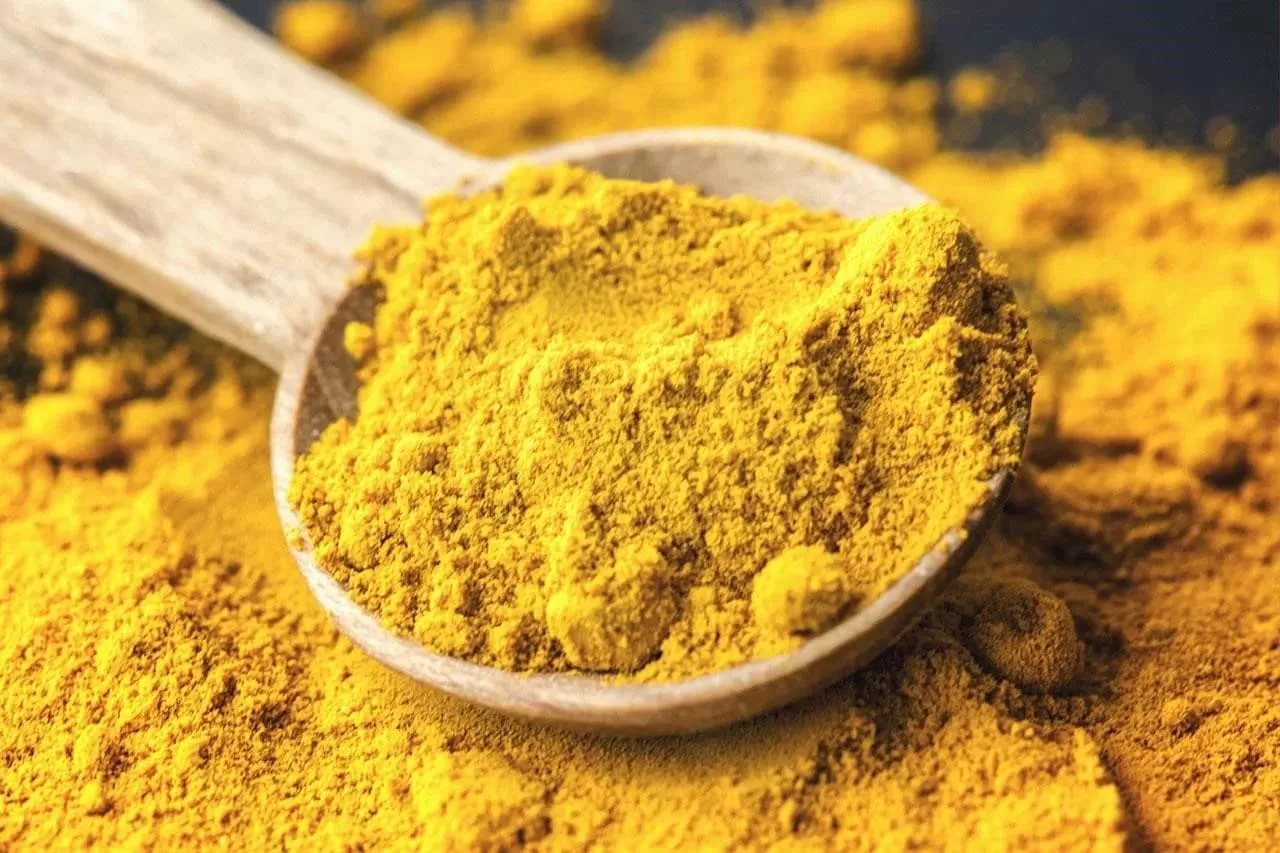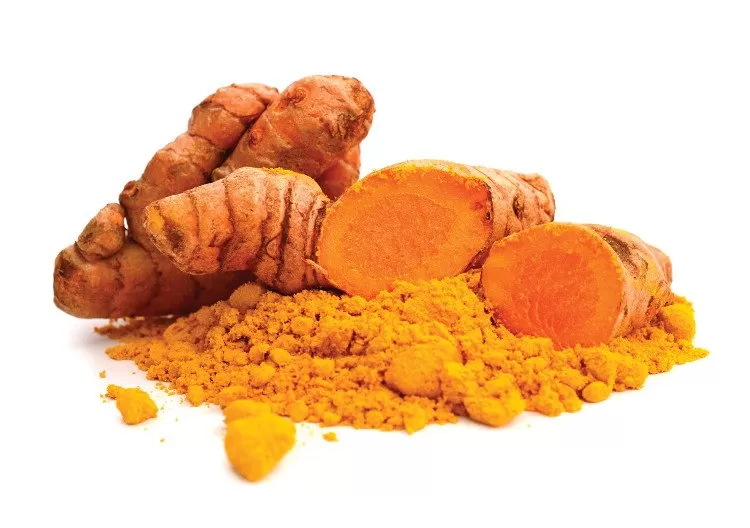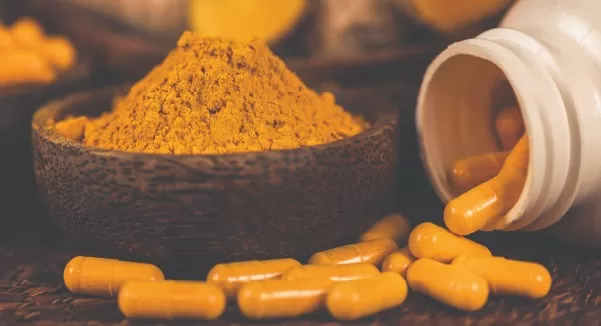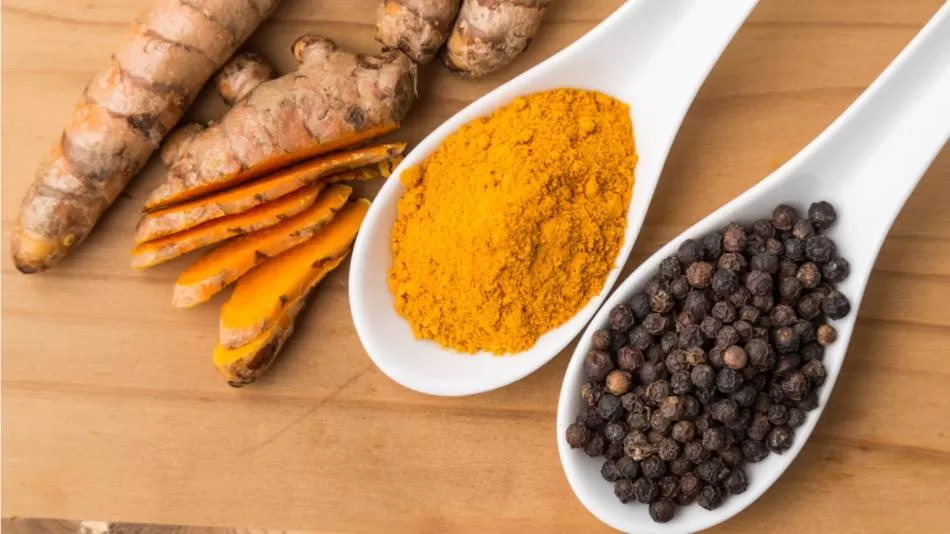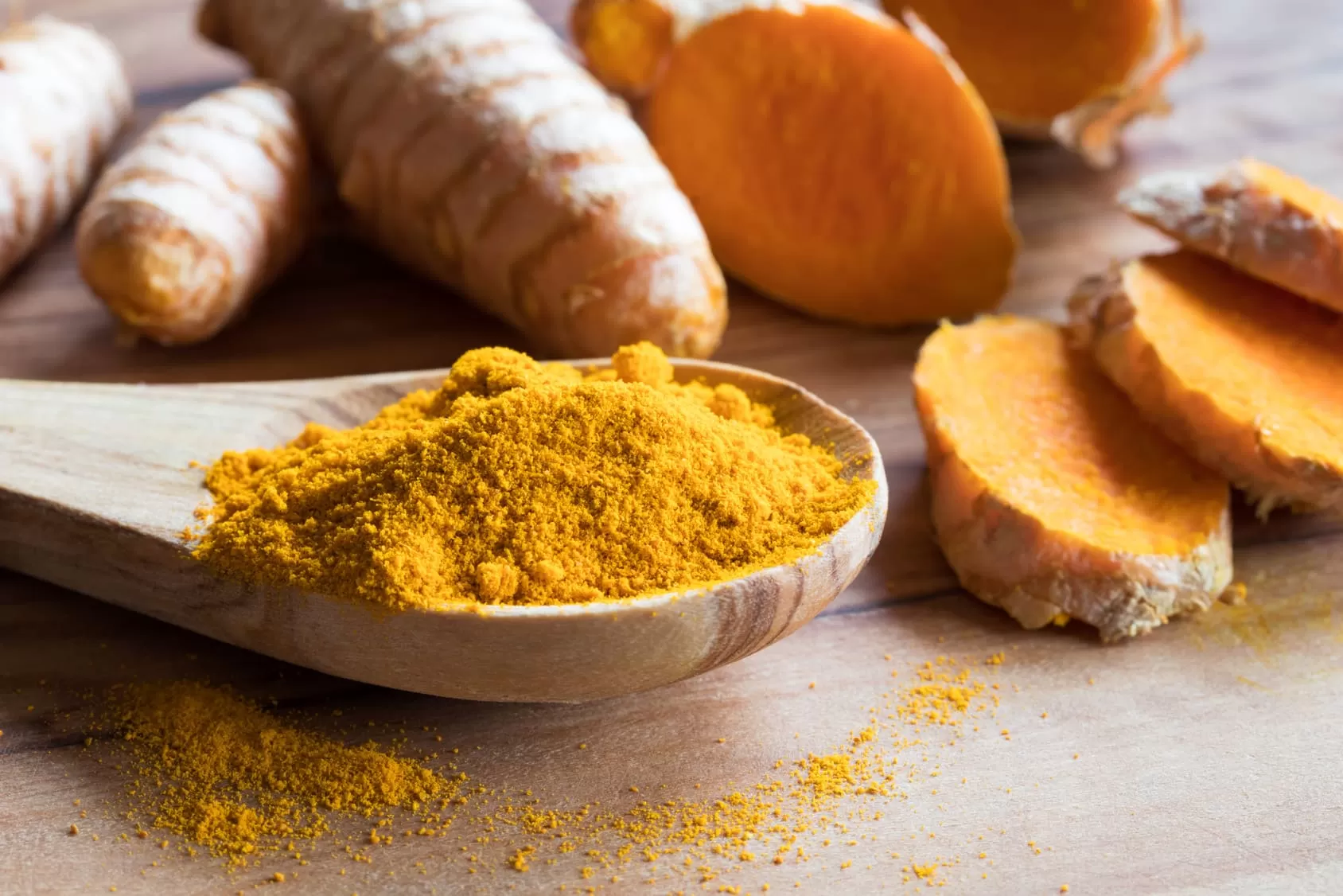- 0086-571-85302990
- sales@greenskybio.com
The Safety Profile of Curcumin Extract: A Comprehensive Review
2025-04-01

Curcumin, a biologically active compound derived from the Indian spice turmeric, has been celebrated for centuries for its diverse therapeutic properties. It's not just a staple in culinary practices but has also claimed its place in the realm of medicinal and nutraceutical applications. Turmeric (Curcuma longa) contains Curcumin as its principal Curcuminoid, which has been extensively studied for its anti-inflammatory, antioxidant, and potential anticancer benefits. With increasing popularity and commercialization of curcumin supplements, the pivotal question that arises is: "Is Curcumin Extract safe for widespread use?"
The Pharmacology of Curcumin
Before delving into safety considerations, it's crucial to understand the pharmacological profile of curcumin. Curcumin's therapeutic potential lies in its ability to modulate numerous molecular pathways. It exhibits interactions with numerous biological targets, including inflammatory cytokines, apoptotic proteins, and transcription factors. This broad-spectrum interaction profile emphasizes why curcumin is explored for conditions such as arthritis, cardiovascular diseases, metabolic syndromes, neurodegenerative disorders, and certain types of cancers.

Factors Influencing Safety
The safety of Curcumin Extract is influenced by several factors, including dosage, formulation, individual physiology, and concurrent use of other medications.
1. Dosage and Consumption: Generally, curcumin is considered safe, even at higher doses. Preclinical studies and human trials have administered doses as high as 12 grams per day without serious adverse effects. However, many studies suggest an optimal daily intake between 500 mg to 2 grams for sustained use without side effects.
2. Bioavailability: One of the significant challenges with curcumin is its poor bioavailability. Natural curcumin is poorly absorbed, rapidly metabolized, and quickly excreted. Many studies involving animal and human subjects have developed strategies like nanoparticles, liposomal curcumin, or adjuvant use (e.g., piperine) to enhance its bioavailability. While bioavailability enhancements can maximize therapeutic effects, practitioners and users must consider these advanced formulations' safety, as increasing bioavailability may also elevate the risk of adverse effects.
3. Individual Physiology: Variability in metabolism among individuals means curcumin can have differing effects on people. Those with underlying health conditions or who are pregnant or breastfeeding might experience variance in safety and efficacy, necessitating consultation with healthcare providers prior to use.
4. Drug Interactions: Curcumin may interact with conventional drugs, influencing their efficacy or potentiating side effects. Notably, curcumin can impact drug-metabolizing enzymes (like cytochrome P450), which may alter the pharmacokinetics of drugs like anticoagulants, leading to either reduced efficacy or increased toxicity.

Documented Side Effects
Though curcumin is largely non-toxic and devoid of severe adverse effects at moderate doses, some mild side effects have been reported. Common issues include gastrointestinal disturbances such as nausea, diarrhea, and bloating, especially at high doses. In rare cases, individuals may experience allergic reactions characterized by rashes or headaches. It's important to distinguish whether these effects are due to curcumin itself or other components present in certain extracts and formulations.

Quality and Standardization
The safety of Curcumin Extracts is also contingent upon product quality and standardization. Unfortunately, the supplement industry isn't as tightly regulated as pharmaceuticals, leading to variations in curcumin content, presence of contaminants, or inconsistent labeling. It's imperative for consumers to opt for products from reputable manufacturers who adhere to good manufacturing practices and provide transparent labeling of their curcumin content and potential additives.

Current Research and Future Directions
Ongoing research continues to delve into the molecular mechanisms and therapeutic potential of curcumin while keeping the safety profile in focus. Future studies need to address long-term usage concerns, impacts of high-enhanced bioavailability formulations, and the role of curcumin in high-risk population groups with pre-existing conditions.
Particular attention is being paid to nano-formulations and bioconjugates, which promise improved bioavailability but necessitate rigorous assessment of safe dosage ranges to prevent unforeseen toxicological outcomes.
Conclusion
In conclusion, curcumin extract is generally regarded as safe for the majority of users, particularly when used within recommended dosage guidelines. Nonetheless, attention to individual factors such as pre-existing conditions, potential drug interactions, and the bioavailability of formulations is critical. As with any supplement, guidance from healthcare professionals is advisable to tailor curcumin intake appropriately based on personal health status and concurrent medication profiles.
As the nutraceutical market grows, so too does the responsibility of manufacturers to ensure product safety through stringent testing and certification processes. Consumers, informed by ongoing research and guided by professional advice, can then enjoy the vast benefits of curcumin, harnessing its therapeutic potential safely and effectively.
- ▶ Hesperidin
- ▶ citrus bioflavonoids
- ▶ plant extract
- ▶ lycopene
- ▶ Diosmin
- ▶ Grape seed extract
- ▶ Sea buckthorn Juice Powder
- ▶ Beetroot powder
- ▶ Hops Extract
- ▶ Artichoke Extract
- ▶ Reishi mushroom extract
- ▶ Astaxanthin
- ▶ Green Tea Extract
- ▶ Curcumin Extract
- ▶ Horse Chestnut Extract
- ▶ Other Problems
- ▶ Boswellia Serrata Extract
- ▶ Resveratrol Extract
- ▶ Marigold Extract
- ▶ Grape Leaf Extract
- ▶ blog3
- ▶ blog4
- ▶ blog5
-
What is the most effective form of curcumin?
2025-04-01
-
Is curcumin good for the liver?
2025-04-01
-
Turmeric vs. Curcumin: Which is Better?
2025-04-01
-
Can curcumin have side effects?
2025-04-01
-
Curcumin Extract: When Should You Take It?
2025-04-01
-
Curcumin
2025-04-01
-
Eyebright Extract
2025-04-01
-
Golden Seal Extract
2025-04-01
-
Sea buckthorn Juice Powder
2025-04-01
-
Green Tea Extract
2025-04-01
-
Genistein
2025-04-01
-
Black Pepper Extract
2025-04-01
-
Jujube Extract
2025-04-01
-
Aminolevulinic acid
2025-04-01
-
Camu Camu Extract
2025-04-01











